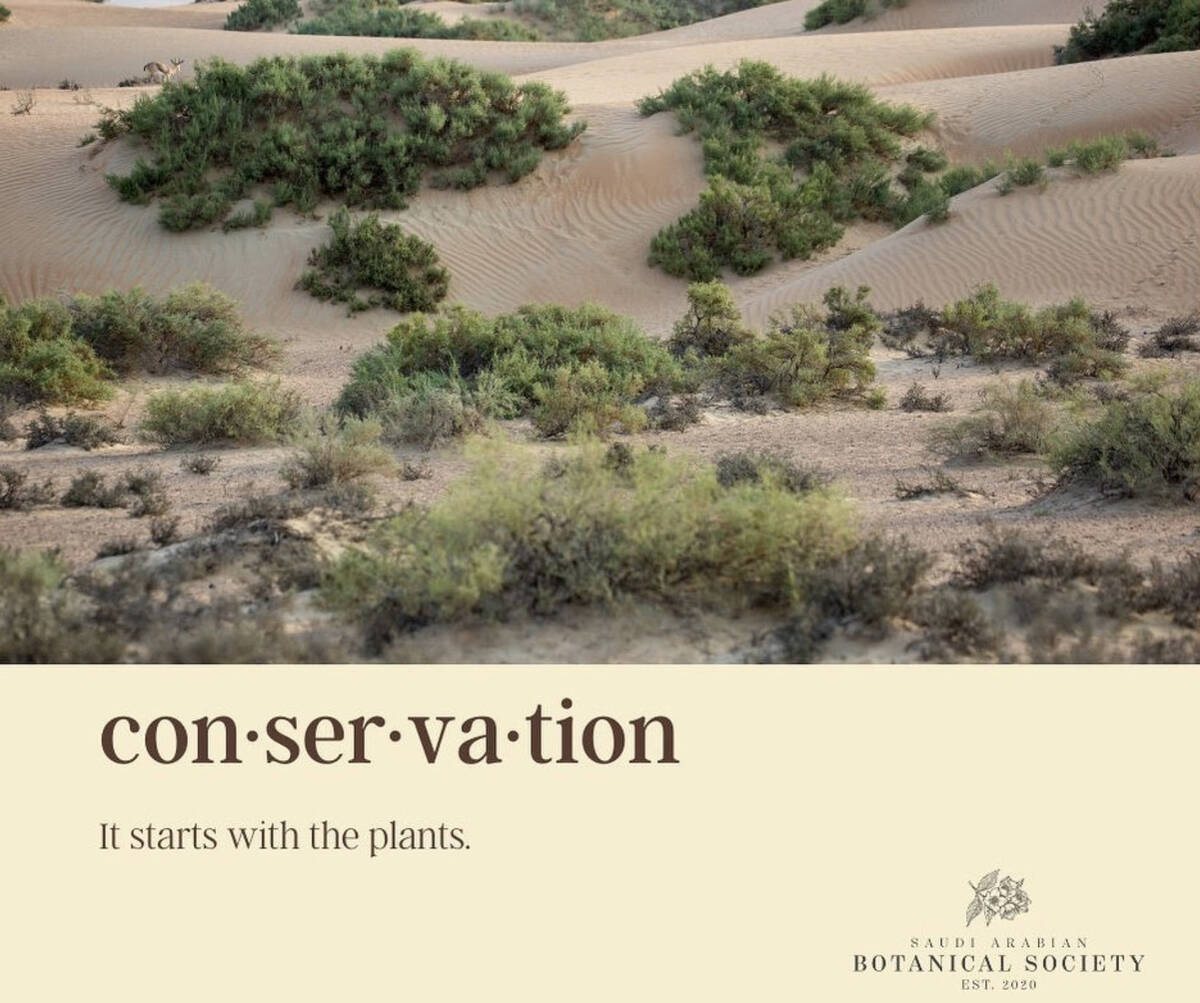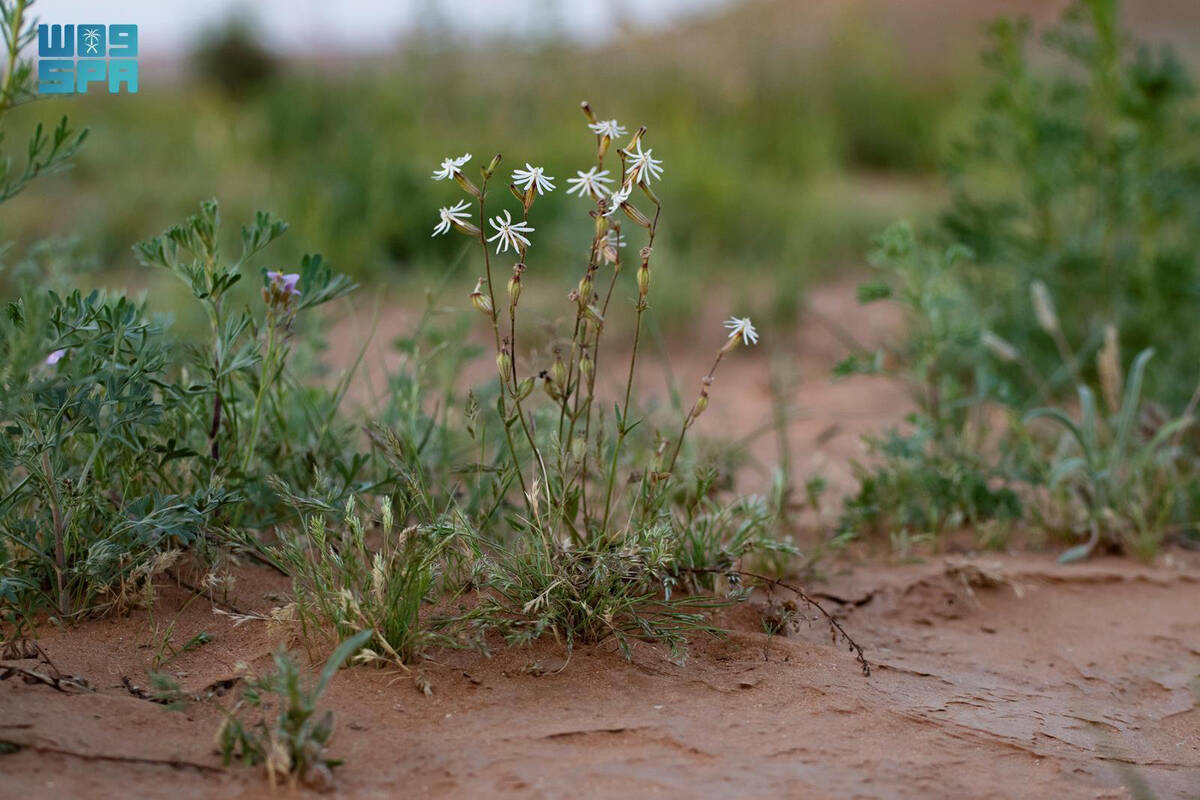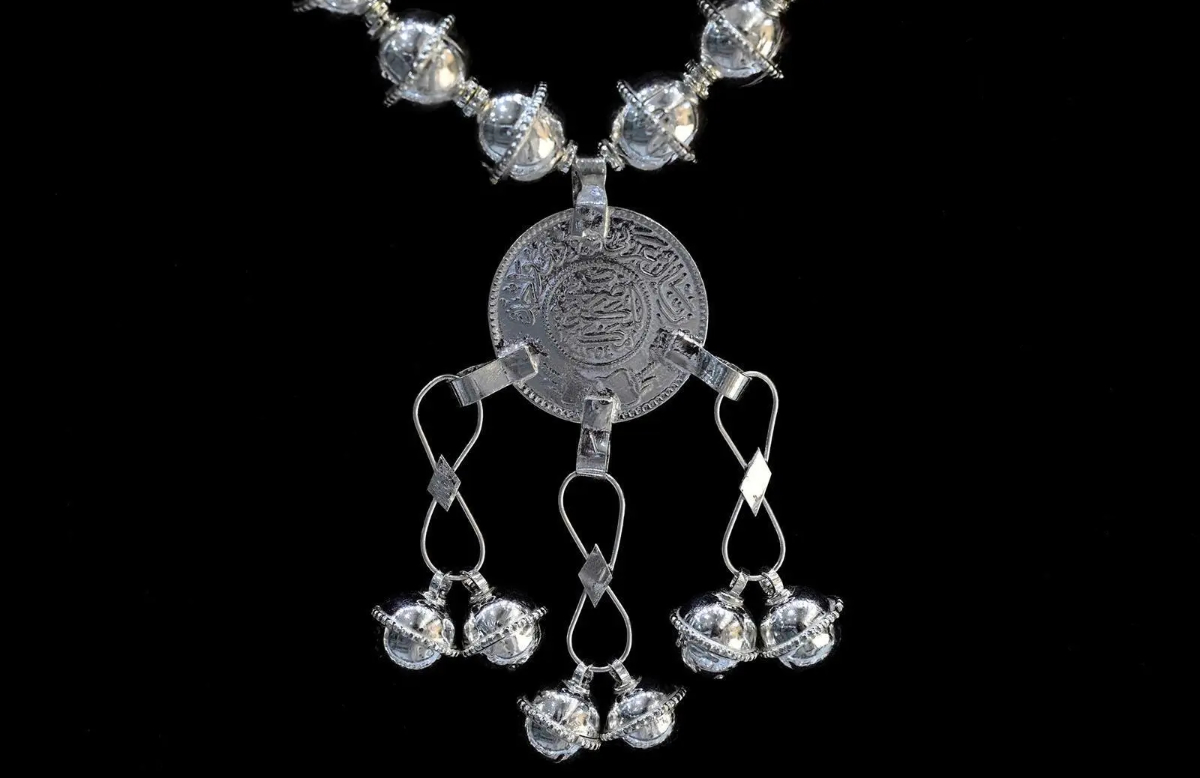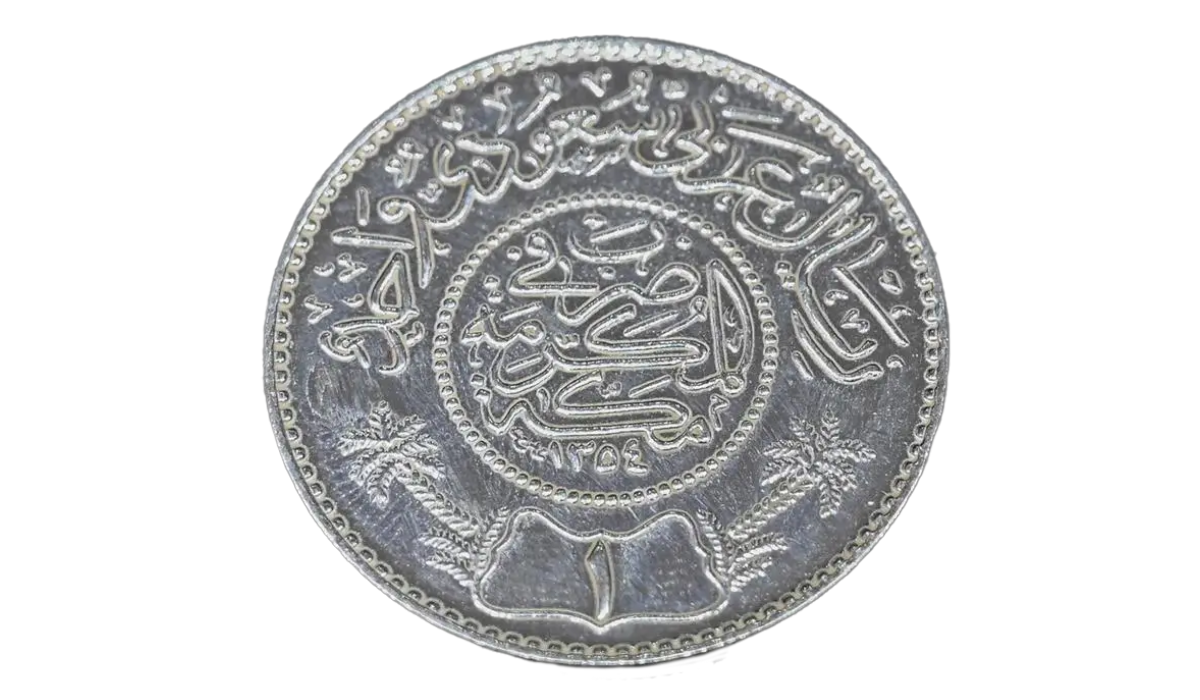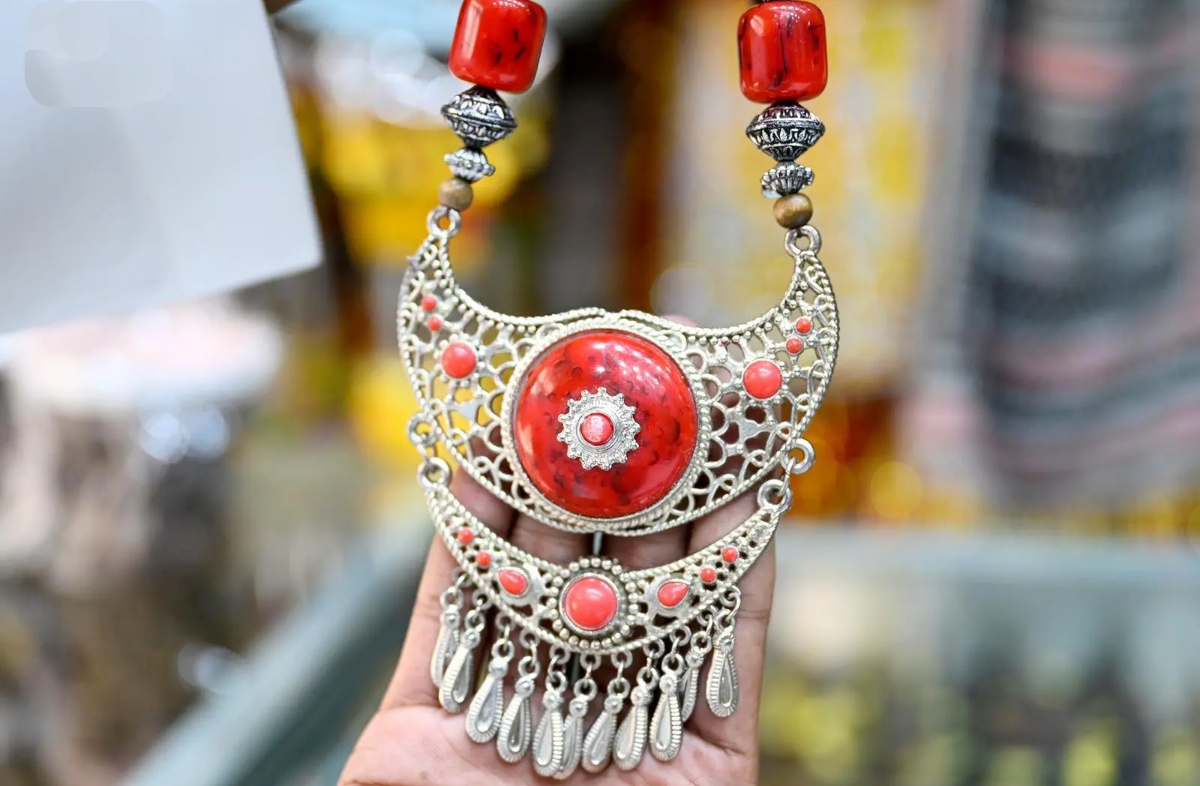SHARM EL-SHEIKH: Saudi Arabia has announced 66 new initiatives as part of its environmental plan at the UN global climate change summit taking place in the Egyptian resort town of Sharm El-Sheikh, officials said.
The Kingdom has developed the initiatives according to four main pillars: the circular carbon economy; raising vegetation cover and reducing degraded lands; protecting wildlife habitats and biodiversity; and promoting sustainability, Albaraa Aldhahri, project manager at the Saudi Green Initiative’s environmental track, told Arab News.
The SGI, which was announced by Crown Prince Mohammed bin Salman last year, launched the second edition of the forum at COP27, with a large pavilion dedicated to the Kingdom’s pioneering climate efforts.
Several national entities were involved in the event, including the Ministry of Environment, Water and Agriculture, the National Center for Vegetation Cover Development and Combatting Desertification, the National Center for Wildlife, Saudi Aramco, and SABIC, all under the umbrella of the Ministry of Energy.
“Crown Prince Mohammed bin Salman (announced) the SGI to position Saudi Arabia at the vanguard of the fight against the climate change,” Aldhahri said, adding: “This initiative aims to improve the quality of life in Saudi Arabia and also to protect the next generations.”
He said the Kingdom’s moves to achieve the three targets of the SGI will start by reducing emissions by 278 million tons per annum by 2030.
“The second target (is) to plant 10 billion trees in the coming decades, also to increase the protected areas of the terrestrial and coastal areas by more than 30 percent of the total area of Saudi Arabia,” Aldhahri added.
The protecting wildlife, habitats and biodiversity pillar will contribute to the target of increasing the protected areas by more than 50 percent by 2030, he said, while the promoting sustainability pillar is integrated in the other two pillars to achieve the SGI targets, where the energy ministry is the main participant at the summit.
“If we are talking about the environmental track and the approved initiatives under these pillars, we’ll say that we have 39 approved initiatives under the raising the vegetation cover and reducing the degraded lands, we have 18 approved initiatives under protecting wildlife habitats and biodiversity, and nine approved initiatives under the promoting sustainability,” Aldhahri said.
Al-Hanouf Al-Abdulkarim, an engineer from the energy ecosystem within the Kingdom, said one of the main aims was to reduce emissions through the circular carbon economy with different initiatives and projects to meet the ambitious SGI targets.
“Today we can showcase a lot of these projects through capturing CO2, the production of hydrogen and some other polymer-based materials, and a lot of the renewable energy sources like the polymer-based panels,” that are in display, she said.
Al-Abdulkarim added that their main aim was to showcase the initiatives and ambitions of the Kingdom, but was “unfortunately” only able to present a few as there are too many.
“We have some of our polymer-based materials that are used from hydrocarbons and polymers, as well we have one of our hydrogen production plants breaking out ammonia into hydrogen, and were have ‘Archie’, one of our applications initiated and launched in the Kingdom with the help of Aramco,” she said.
‘Archie’ is an interactive tool that tracks every drop of oil produced throughout the whole world from its source to its destination market and estimates the life cycle carbon intensity at any point in the oil supply chain. It aims to increase both the traceability and the transparency of end-to-end carbon intensity of every part of the oil supply chain, enabling investors, policymakers, companies, and consumers to make more informed decisions.
Meanwhile, Ahmed Al-Nafie, from the Ministry of Energy’s Liquid Displacement Program, said the circular carbon economy initiative aimed to achieve the optimal energy mix in the Kingdom, with 50 percent gas and 50 percent renewables.
“The Kingdom launched the liquid displacement program, which aimed to displace one million barrels per day across different sectors — utility sector, generation and desalination, industry sector and agriculture sector, by availing new energy sources, expansion of the master gas system, and the electric power grid.”
He said one million barrels represents 95 percent of the liquid used in the Kingdom, and by 2030, the country will avail a new source and will displace this quantity of liquid.
“The main objective of this initiative is to reduce carbon emissions, avail new power sources, and enhance the Kingdom’s economy,” he added.





